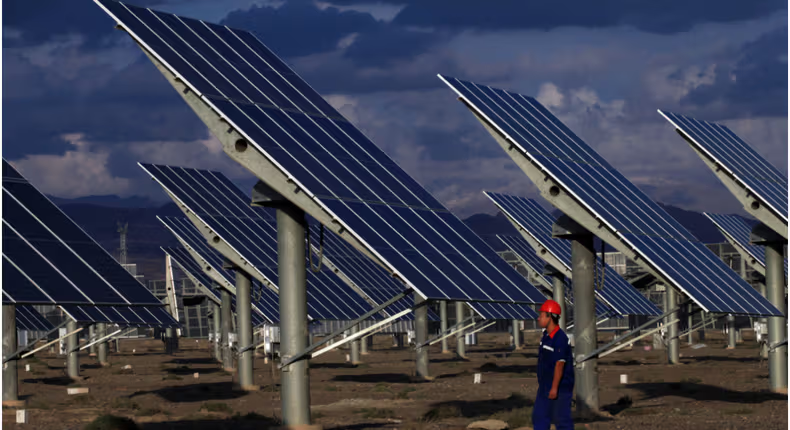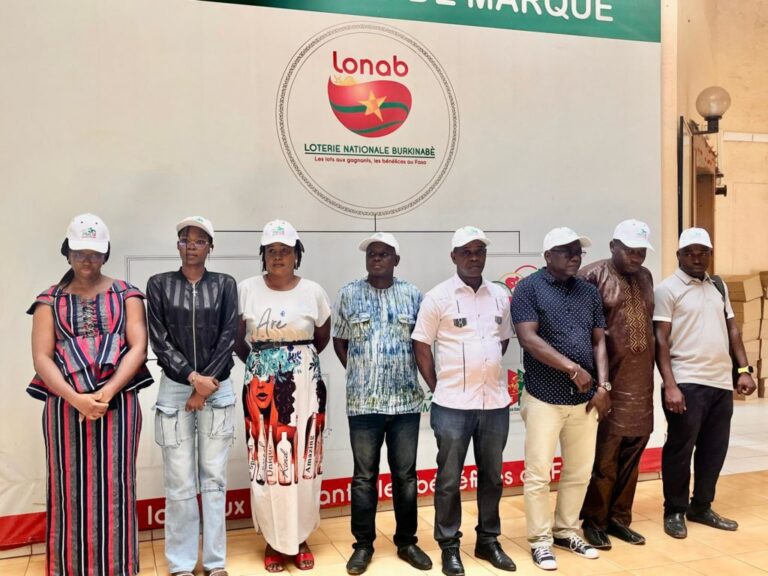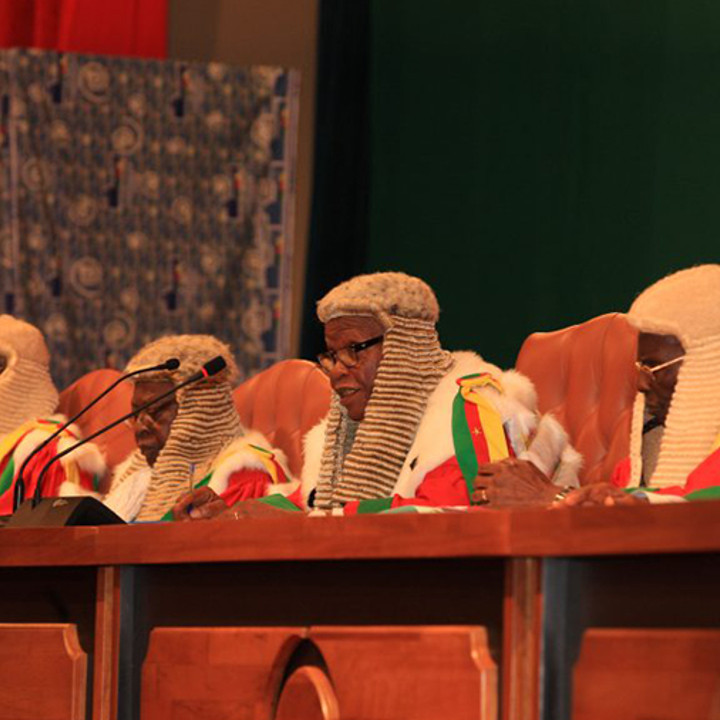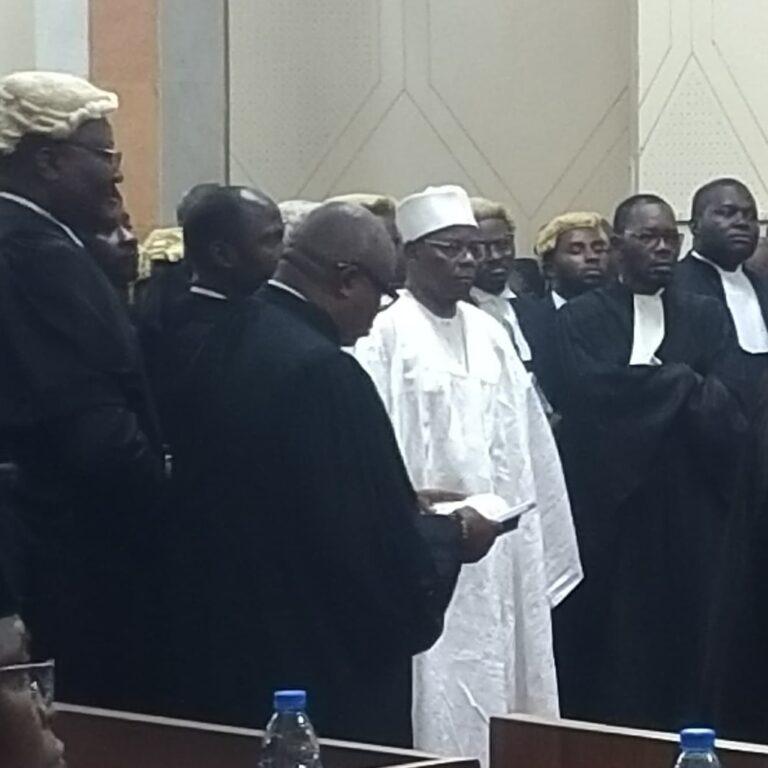
Rwanda plans $16 billion in solar investments to achieve universal electricity access by 2030, despite financing and policy barriers. [Photo by Costfoto/NurPhoto via Getty Images]
According to Business Insider Africa, the Ministry of Infrastructure reports that 82% of Rwandan households now have electricity access. While 57% are connected to the national grid, 25% rely on off-grid systems, primarily solar.
However, the country’s current energy mix is heavily dependent on hydropower, which accounts for 39% of its 406-megawatt (MW) installed capacity. Solar energy currently provides only 1% of that capacity.
Experts warn that this overreliance on hydropower leaves Rwanda vulnerable to climate shocks like droughts.
To address this, Kigali’s Least Cost Power Development Plan (2024–2050) aims to add nearly 1,500 MW of solar capacity with battery storage by 2050.
The ambitious energy drive faces major financing hurdles. The government estimates it needs $3.6 billion by 2035 to meet rising electricity demand, including $69 million for short-term solar projects. Long-term generation costs could surge to $38 billion by 2050.
To attract the necessary capital, industry players are calling for more predictable policies and cost-reflective tariffs, arguing that expanding incentives for private investors is crucial for meeting Rwanda’s bold clean energy vision.










